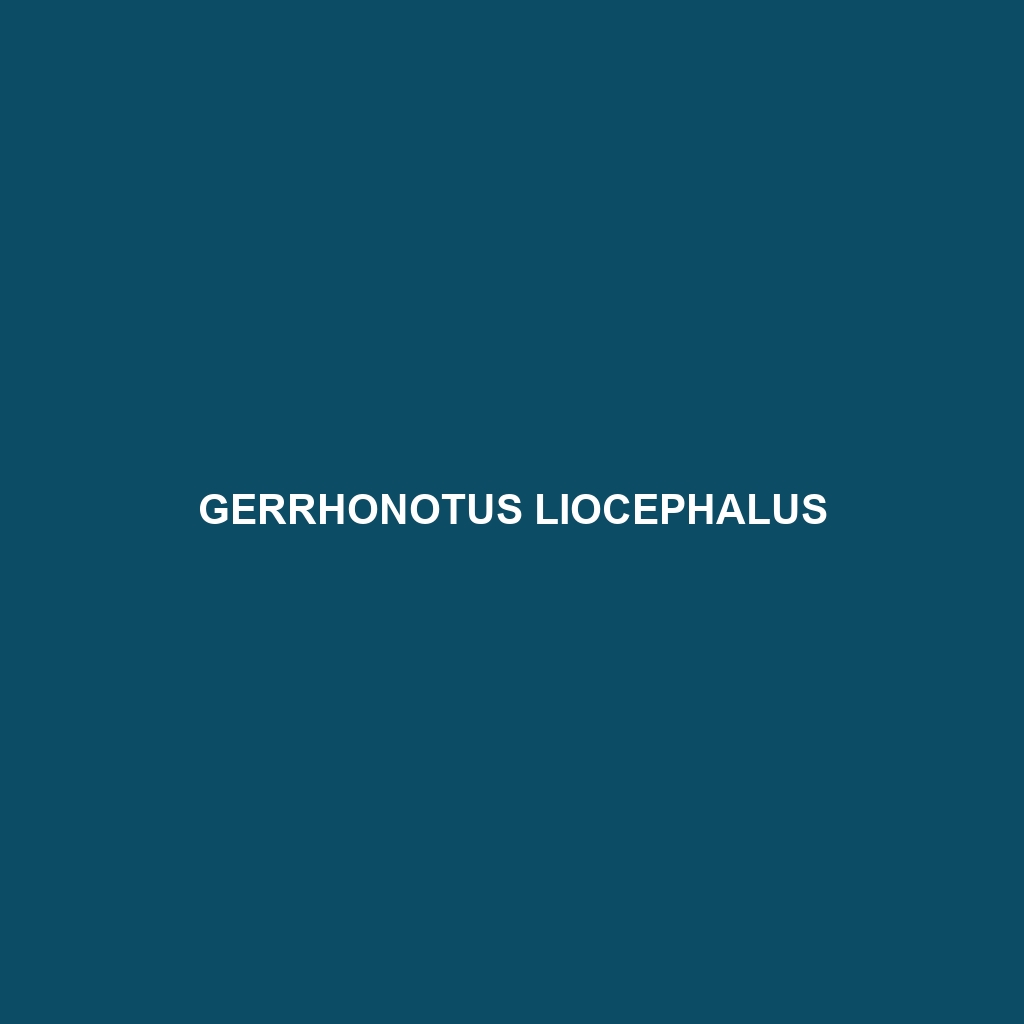<p><b>Podarcis carbonelli</b>, commonly known as Carbonell's Wall Lizard, is a medium-sized, adaptable lizard found in southern Europe's varied habitats, showcasing a distinctive dark brown to greenish coloration with bright spots. These diurnal insectivores play an essential role in their ecosystem by regulating insect populations and serve as both predator and prey within their Mediterranean surroundings.</p>
Tag: lizard population dynamics
Phrynocephalus saidalievi
Discover the remarkable Phrynocephalus saidalievi, a slender, insectivorous lizard native to the arid regions of Central Asia, known for its unique camouflage and burrowing behavior. Measuring up to 12 cm, this species thrives in rocky deserts and dry grasslands, playing a vital role in its ecosystem by controlling insect populations.
Lygosoma haroldyoungi
<b>Lygosoma haroldyoungi</b> is a slender lizard native to the tropical rainforests of Southeast Asia, characterized by its vibrant coloration and ability to camouflage among the dense foliage. This insectivorous species plays a vital ecological role by controlling pest populations and is known for its unique adaptability to high humidity environments.
Liolaemus cazianiae
<b>Liolaemus cazianiae</b>, a fascinating lizard endemic to the temperate forests of Chile and Argentina, measures 10 to 15 cm in length, features striking earthy and green patterns for camouflage, and plays a crucial role in controlling insect populations as an insectivore. Currently classified as vulnerable due to habitat loss, it exhibits unique social behaviors and distinct courtship displays, making it a subject of interest among herpetologists.
Laudakia sacra
<b>Laudakia sacra</b>, also known as the Afghan rock agama, is a resilient lizard native to the arid regions of Central Asia, characterized by its distinct brown or gray coloration, elongated body, and fascinating social behaviors. Predominantly insectivorous, these lizards play a vital role in their ecosystem by regulating insect populations while serving as prey for larger predators.
Gerrhonotus liocephalus
Discover the fascinating Texas Alligator Lizard (Gerrhonotus liocephalus), a medium-sized omnivorous lizard known for its distinctive alligator-like head, robust body, and remarkable ability to blend into its warm, dry habitat across south-central Texas. Thriving in diverse environments, this diurnal and social species plays a vital role in controlling insect populations while exhibiting unique behaviors and impressive longevity.
Cnemidophorus espeuti
Cnemidophorus espeuti Common Name: Cnemidophorus espeuti Scientific Name: Cnemidophorus espeuti Habitat: Cnemidophorus espeuti is primarily found in the arid and semi-arid regions of northeastern Mexico. This species inhabits a variety of environments including sandy and rocky areas, scrublands, and occasionally grasslands. The lizard prefers habitats with ample ground cover, which provides shade and protection from […]






